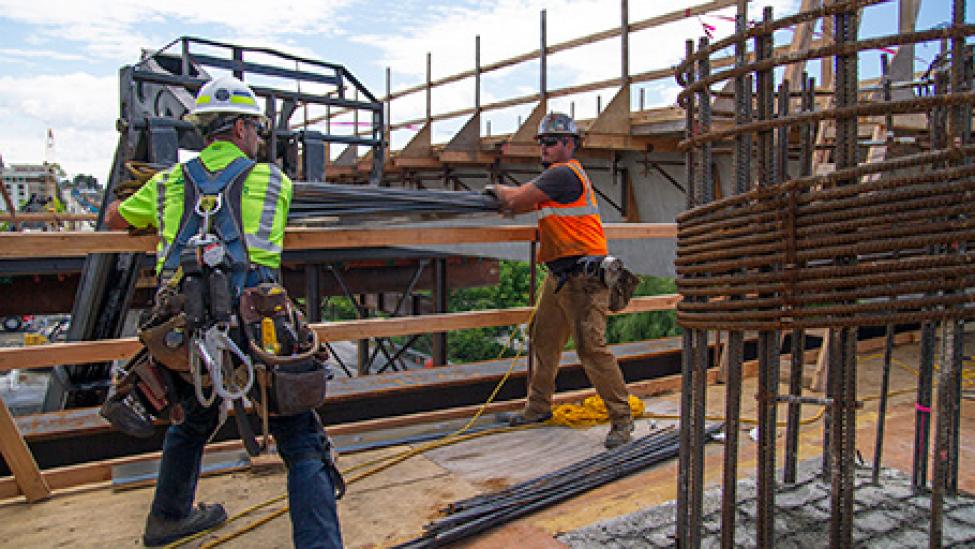
Design-build: A creative way to expedite the Federal Way Link Extension
Sound Transit continues offering opportunities for community members to inform the design-build process with ideas about how the Federal Way Link Extension project should look and feel
Traditionally, transportation projects in the United States employ a design-then-bid-then-build method of project delivery. Sound Transit hopes a different method—design-build—will expedite the delivery and create cost certainties for the Federal Way Link Extension (FWLE) project.
Design-build is a very different method of project delivery than design-bid-build. With design-bid-build, the owner contracts with separate entities for the design and construction of a project. The lack of integration between design and construction can result in projects taking considerably more time.
With design-build, the owner selects one contractor to both design and build the project. Applying this approach to the 7.8 mile alignment and three stations that make up the FWLE project means that instead of putting one contract out to bid for an architect and another out to bid for construction, there will be only one contractor for Sound Transit to hold accountable for the design and construction of the entire project. The integration of design and construction services eliminates many opportunities for conflict. In fact, some stages of construction can begin while the design process is still in the development phase.
The 1.6-mile extension of Link light rail from Sea-Tac Airport to Angle Lake was Sound Transit's first light rail design-build project. One contractor designed and built the sustainable, LEED Gold Certified Angle Lake Station that was completed $40 million under budget and four years earlier than planned.
"Design-build is a way of working that expedites project delivery," said Community Outreach Specialist Zac Eskenazi. "More cost certainties and greater creativity are part of the package."
Community input is also a key aspect of design-build projects. Before Sound Transit issues a Request for Qualifications and selects the contractor who will design and build the project, the FWLE team will have combed surrounding neighborhoods to learn what residents think about landscape screening and noise-wall characteristics.
"Sound Transit is committed to creating stations near the Kent Des Moines Road, South 272nd Street and the Federal Way Transit Center that reflect the goals and priorities of the community," Eskenazi said. "That will not change with design-build." Sound Transit has been gathering community feedback along the way and will hold two open houses in September and an online survey.
This public feedback will help inform the design-build contractor about the priorities that the community wants incorporated in the landscape screening and station area designs. Additional opportunities for community input will be available after the design-build contractor is on board, at key points in the development of the alignment and station area designs. Sound Transit is committed to delivering community-informed projects regardless of the method of project delivery. With design-build, the FWLE team is confident that they can deliver a project that is reflective of the community and that is also on time and on budget.